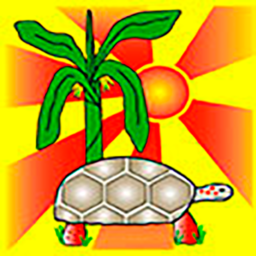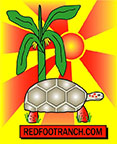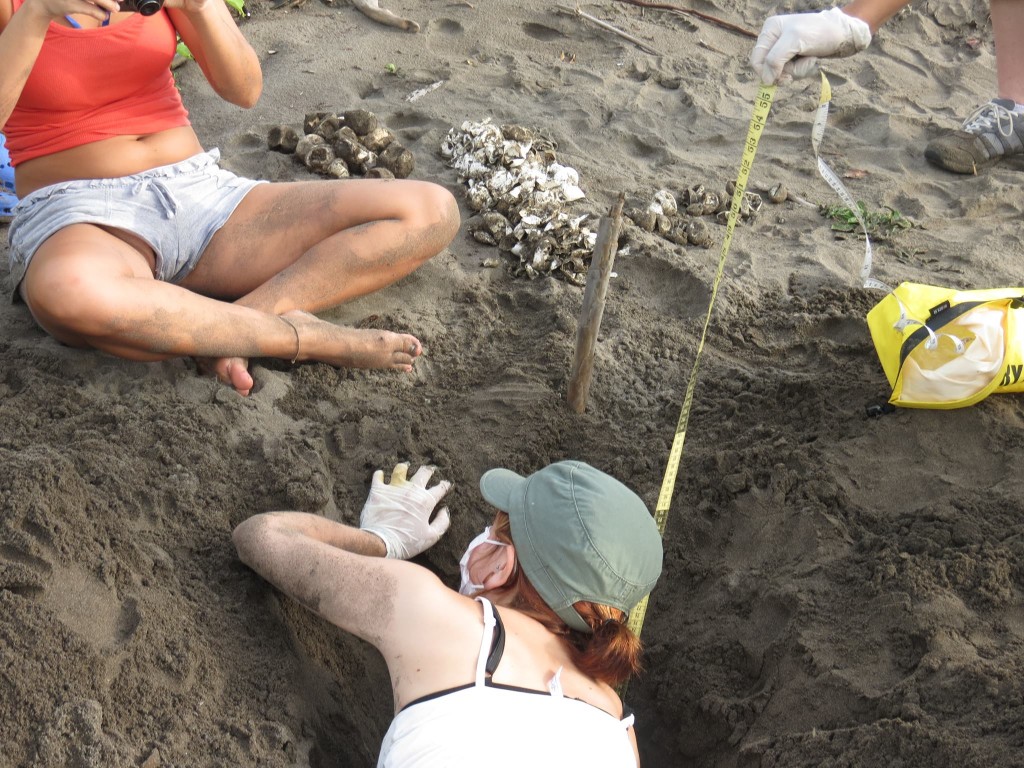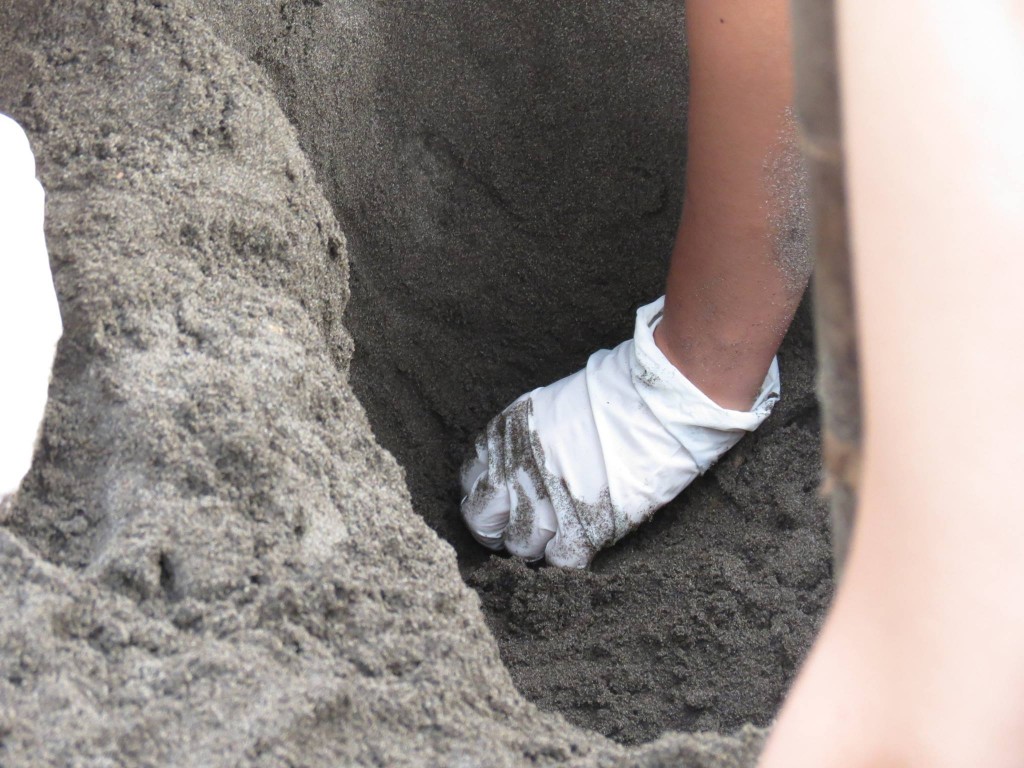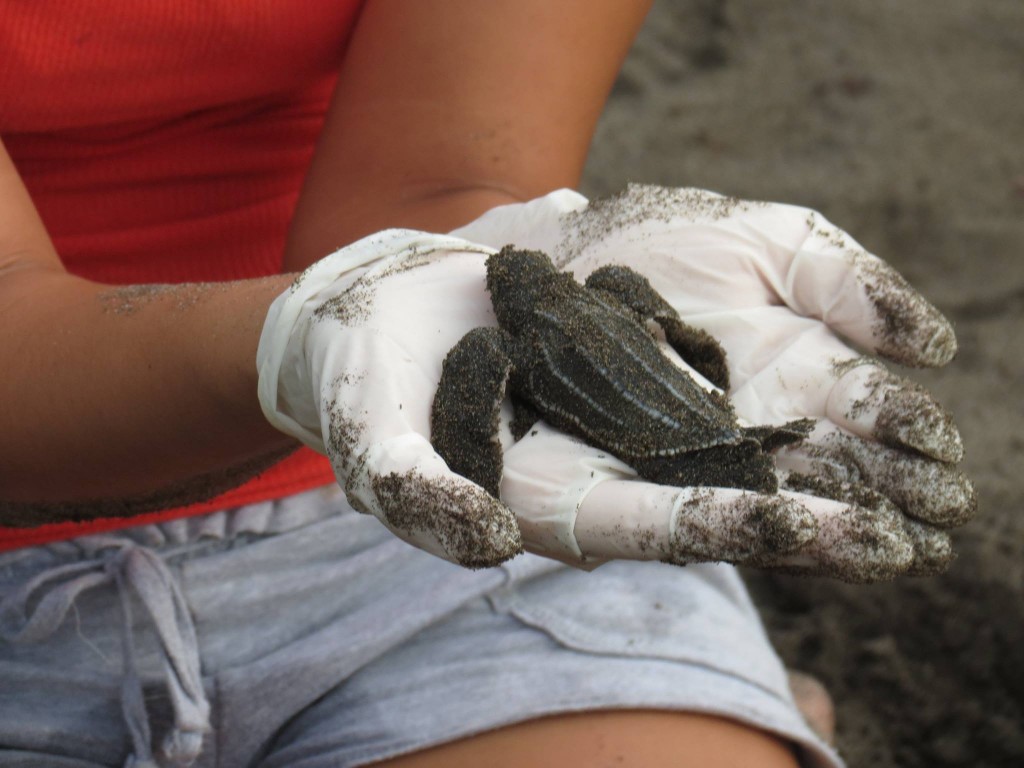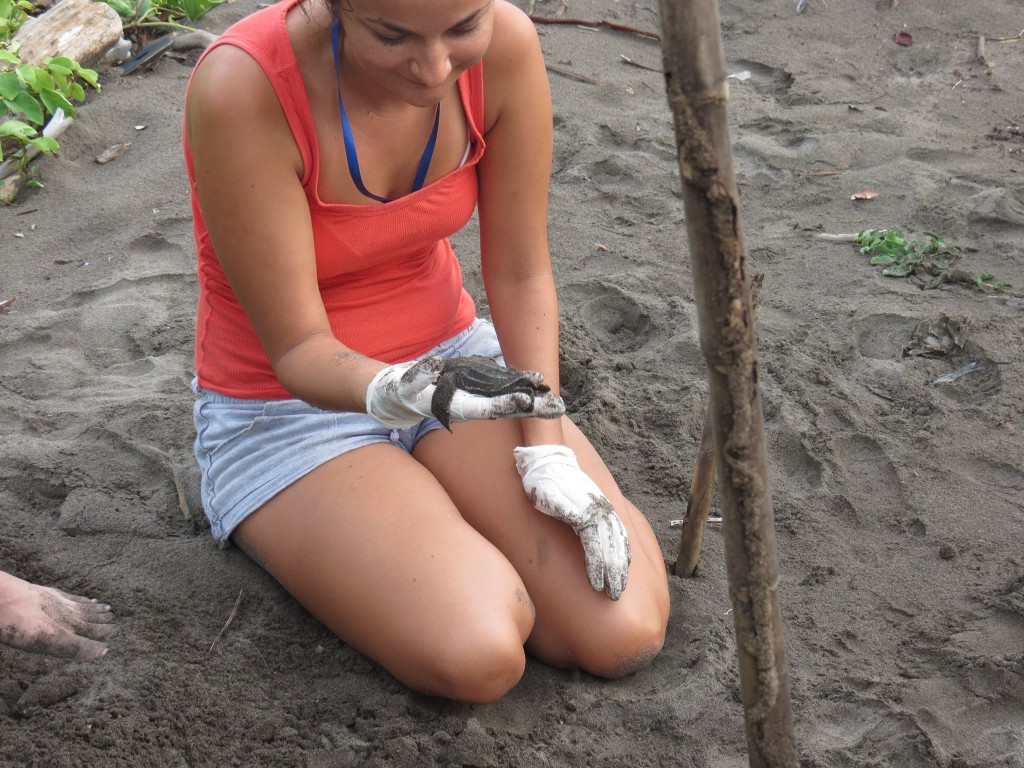Sea Turtle Volunteer work in Costa Rica
The Cano Palma Biological Field Station, owned and operated by the Canadian Organization for Tropical Education and Rainforest Conservation (COTERC), sits peacefully on the bank of the Cano Palma River. The slow moving river is located on the northern Caribbean coast of Costa Rica inside the Barra Colorado Wildlife Refuge. The field station itself is about 15 miles from the border of Nicaragua and is surrounded by diverse and stunning habitat including ocean, river, and mountain. Cano Palma has been operating since the early 1990s and is responsible for a wide variety of animal related education and conservation projects. I recently spent a little over a week there getting to know the station managers and volunteers while hiking around the stunning rainforest property.
Some of the projects that exist at Cano Palma include herp, bird, and mammal surveys. The field station staff and volunteers also partake in community education and various other research and monitoring efforts. I was visiting the field station with the primary goal of finding snakes. When I arrived I found that the station keeps a notebook with the species, weight, measurement, and sex of each snake found on the property. I was able to catch several snakes, including nearly a half dozen Allen’s coral snakes (Micrurus alleni), and add the data from those snakes to the notebook. Though I was finding lots of coral snakes and eyelash vipers (Bothriechis schlegelii) variety was sorely lacking. Overall, the group that I was with wasn’t having much luck snake hunting. My response to this was perseverance. Look harder, stay out later, hike further, I thought.
My husband and longtime snake hunting partner Bill Murray had another idea all together. Bill suggested that the two of us spend a couple nights doing sea turtle volunteer work. I wasn’t thrilled about this idea because it was going to cut into my chances of finding snakes. But, it was Bill’s vacation too and he happens to be the biggest turtle supporter I know. Every summer he spends several nights on an ATV checking a 12 mile stretch of beach for nesting turtles. He works throughout the night diligently covering the nests in order to stop raccoons, ghost crabs, seagulls, and other predators from eating the turtle eggs. This work requires Bill to use his vacation days from his full-time job and completely flip his normal daily schedule. On a typical day Bill starts his job at 7:00am but while doing sea turtle work his “day” begins at 11:00pm. Over the last 6 or 7 years he has saved countless nests and hatchling sea turtles and has loved every minute of the work.
I could tell Bill was waiting for an answer about the sea turtle work and I knew it was important to him. Visions of boas danced enticingly in my head as I reluctantly agreed to meet with the director of sea turtle work that afternoon for volunteer orientation. My fascination with turtles has grown exponentially in the years I have been around Bill and all the turtles and tortoises he keeps. But, if given the choice between finding a turtle and a snake in the wild I would prefer a snake… or, so I thought.
During the orientation we learned the protocol for nighttime turtle monitoring on Playa Norte. The hours of the night patrol are generally 9:30pm to 2:00am although this randomly changes. The orientation was a lot to take in and I was a little nervous that I would forget something. For example, there was a staggering list of items that needed to be taken along on the patrol. We needed a compass, GPS, extra batteries, gloves, maria counter, measuring tape, notebook with pencils, taggers and tags (different sizes for different turtles), and tag removers. We also needed lots of water as we would be hiking seven miles. We were instructed to have red headlamps available but as a general rule no lights are allowed on the beach at night unless it is an emergency. The lights, of course, may startle or confuse the nesting turtles.
The reason for all this gear is simple: poachers. Whereas Bill’s sea turtle work in Florida is designed to ward of raccoons and other non-human predators the work we participated in on Playa Norte was designed to discourage poachers. Sea turtle volunteers mark the nests by GPS and by triangulation. Then all signs of the location of the nest (i.e. turtle tracks) are hidden. The importance of this work started to hit me when we arrived on the beach. It was pitch black and we had to allow some time for our eyes to adjust. I am used to bright lights aiding in my field herping. But, for this work complete darkness was required. I quickly noticed how much the eye can play tricks on the human brain. The beach, Playa Norte, is littered with large tree trunk logs and massive pieces of driftwood. This confused me on several occasions as I was ‘sure’ hat I was looking at a large turtle. Finally, my eyes adjusted and I started to feel confident and excited.
The three of us (Bill, myself, and our patrol leader) were the only ones legally allowed on the beach as it closed to the public at dusk. We were to record any people or lights that we saw – whether tourist, local, white light or red. Unfortunately we saw many people and lights that fit into both categories. On the first night each time we saw a silhouette or a shining light my body became wracked with nervousness. I was so worried that we were going to have a confrontation with poachers. Being unarmed, in the dark, in new territory this was frightening. Luckily, we didn’t come face to face with any poachers. However, on the second night there was a lot of activity with flashlights at the far end of the beach. By the time we made it to that area the lights were gone. Our patrol leader that evening was convinced that we had just missed poachers.
This experience taught me just how rewarding it can be to step outside my comfort zone. I wanted to find snakes but instead found something more meaningful. Though we didn’t see any nesting leatherbacks or hawksbills the nights we walked Playa Norte the importance of the patrol did not escape me. The presence of the patrol group on the beach helps protect the sea turtles.
Throughout my time at the Cano Palma Biological Field Station I heard several first-hand accounts of sea turtle poaching. Some told tales of poachers cutting off the flippers of turtles they encountered along the beach. The poachers disable the turtle by taking her flippers (so she can’t make it back to the water) and continue on to find other turtles. At the end of the night they return and collect the turtles. Other stories involved one directional turtle tracks. In cases like this patrol leaders spot tracks going up to a nesting site but no tracks going back into the ocean. If this happens and there is no turtle nesting it is clear that the turtle has been “lifted” or taken for her meat and/or shell. I also heard about families digging up nests together and hauling away large quantities of eggs. The methods change but the effect is the same – less and less turtles nesting each year.
Of course, the question of ethics cannot be ignored. Anytime a group of people try to change the long-term behavior of another group issues regarding rights and responsibilities arise. What if the families of the poachers depend on, and have always depended on, sea turtle meat or the sale of a Hawksbill shell to survive? Must we take this into account when working sea turtle protocol? How do poachers view the conservation efforts made by those who want to save these critically endangered turtles? I am not excusing or forgiving the poaching because despite considering the ethical implications sea turtle poaching does deeply disturb and sadden me. The thought of a creature as majestic as a sea turtle being taken for her meat after crawling onto the beach and working so hard to dig her nest and lay her eggs is definitely heart wrenching. Perhaps the only way to truly deal with the issue of sea turtle poaching is to offer education at every opportunity.
On the morning after our second night of sea turtle patrol we were lucky enough to witness the excavation of a leatherback nest. The sea turtle biologists at Cano Palma monitor the nests for signs of hatchlings. Once they see the signs they wait 48 hours then they excavate. In anticipation of the excavation we walked a few miles down the beach just as the sun was rising. As the nest was dug out several hatched shells were found and then suddenly a baby leatherback was visible. Krissy, one of the biologists, reached into the nest and pulled the tiny leatherback out. She told us he would have to make it to the water without assistance. We all watched the somewhat clunky movements as he approached the shoreline. He was stunning and it was fascinating to imagine the turtle growing into his overly large and floppy flippers. As he met the water for the first time I witnessed a most beautiful moment filled with awe and wonder at the life ahead of him. One can only hope that the last human hands to cross his shell belong to the biologist Krissy.
I found the volunteer sea turtle work at Cano Palma life changing and inspiring beyond what I could have imagined. In fact, the first thing I did when I returned to the states was figure out a way to get back next year for an even longer visit. Certainly, there is nothing quite like hiking up a beautiful 5ft snake. But, for the most part my snake hunting is very self-indulgent: I simply enjoy everything about being outside searching for reptiles. The sea turtle volunteer work at the Cano Palma Biological Field Station was different. I was field herping with a purpose.
